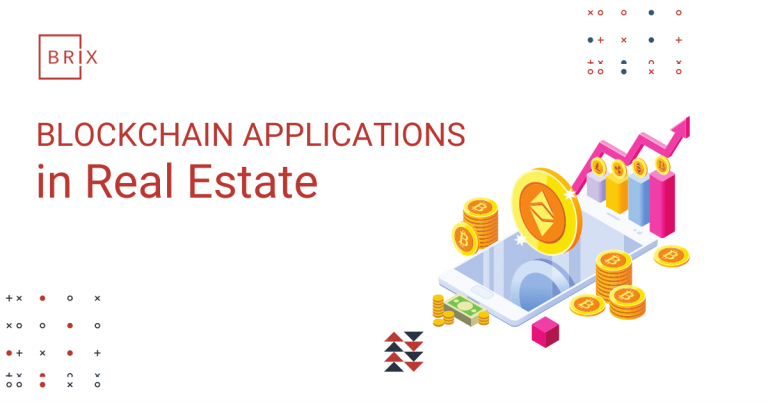
It’s no secret that blockchain technology has the potential to revolutionize the real estate industry. By providing a secure and transparent platform for transactions, blockchain can make the process of buying, selling, and transferring property easier and more efficient.
But what exactly are blockchain applications in real estate? Here are a few key examples:
Tokenization on the Blockchain
One of the most promising applications of blockchain in real estate is fractional ownership or “tokenization.” This refers to the division of ownership rights in a property into digital tokens. These tokens can then be bought and sold by investors, much like shares in a company.
Tokenization has numerous advantages. For one, it makes investing in real estate more accessible to a wider range of people. By fractionalizing ownership, tokenization lowers the barrier to entry for investors. It also allows for more flexibility and liquidity, as investors can buy and sell tokens easily and quickly.
It’s important to note that due to SEC regulatory issues, tokenization is a fine line and gray area to navigate. The “web2.5” opportunity is fractionalization, such as with Realty BRiX. Fractionalization is the split ownership of property amongst many investors. With proptech companies like BRiX, the real estate industry cost-to-entry has been significantly reduced, with the official deed-holder owner of the property having the ability to access equity capital quickly and without the “additional hidden fees”.
Smart Contracts
Another potential use of blockchain in real estate is smart contracts. A smart contract is a digital contract that uses blockchain technology to automate the execution of agreements.
Smart contracts have the potential to streamline the process of buying and selling property. For example, a smart contract could be used to automatically transfer ownership of a property from the seller to the buyer when certain conditions are met (such as when the buyer has made full payment). This would eliminate the need for paper contracts and speed up the entire process.
Title Registries
Another potential application of blockchain in real estate is title registries. A title registry is a database that records information about ownership of property.
Blockchain-based title registries would be more secure and transparent than traditional paper-based systems. They would also be much faster, as data could be stored and verified on the blockchain in real time. This would make the process of buying and selling property much quicker and simpler.
Blockchain Mortgage Applications
Mortgage applications are another area where blockchain could potentially be used. By storing data on the blockchain, lenders would have access to a secure and tamper-proof record of a borrower’s financial history. This would allow for a more accurate assessment of risk and could make the process of applying for a mortgage quicker and easier.
Property Management
Blockchain can also be used in property management. For example, landlords could use blockchain-based applications to track rent payments and maintenance requests. Tenants would also have a secure and transparent record of their rental history.
Overall, blockchain has the potential to revolutionize the real estate industry. By providing a secure and transparent platform for transactions, blockchain can make the process of buying, selling, and transferring property easier and more efficient. Tokenization, smart contracts, title registries, mortgage applications, and property management are just a few of the ways that blockchain could change the way we buy, sell, and manage the property.
Fractionalization has already begun to take over the real estate industry, and it is only going to continue to grow. Until there are laws and regulations developed specifically for utilizing blockchain applications in real estate, fractionalization will continue to be the preferred method of ownership for many people. This is because fractionalization offers several advantages over traditional methods of ownership, such as more flexibility and liquidity, lower barriers to entry, and more transparency. Once the legislature catches up to the growth of fractionalization, it will likely become the dominant form of real estate ownership.
